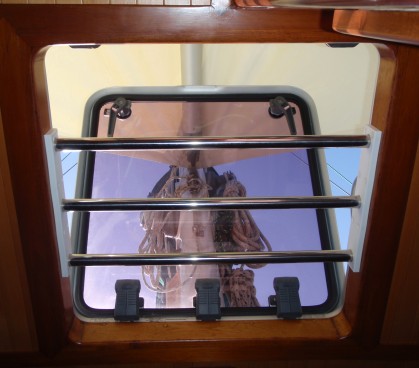CARIBBEAN
It is always difficult to define what constitutes and island. However, one oft cited definition is land that is permanently above sea level and occupies at least one square kilometer. If one uses this definition, there are more than 3,700 islands in the Caribbean, and more than 1,600 have names. The total landmass of these islands is 234,000 square kilometers. The Greater Antilles occupy 89% of that area, the Lesser Antilles 6%, and the Bahamas 5%.
The islands of the Caribbean share much history, and each also has its own unique history. The shared history is readily organized in three eras. The first era was the original colonization of the islands. The second era was the second colonization after Columbus’ arrival in 1492. And the third era was the plantation era from the 17th through 19th centuries.
The islands were not populated until approximately 5,000 BC – quite late in the spread of man. They were populated in two separate movements. There was a gradual movement from South America across to Trinidad then north. Shortly thereafter a separate group moved from Central America to Cuba and Hispaniola. These groups encountered each other somewhere in the Leeward Islands around 3,000 to 2,000 BC.
The second colonization began on October 12, 1492, when Christopher Columbus landed on Guanahani – now known as San Salvador – in the Bahamas and claimed it for the Spanish crown. This was Spain’s first colony. Columbus made another three subsequent voyages to the islands. The islands became the primary sites of colonization that brought Europeans and Africans across the Atlantic and later to the Americas. Columbus, acting as a conqueror, introduced changes that would forever affect the islands.
He invaded the lands, altered their biodiversity, and introduced new systems of government (established capitalism). Enslaved labor – both local and from Africa – was used for gold mining then later ranching and agriculture. Sugar plantations spread across much of the area, and the plantation era began.

Bars on our hatches to keep out unwanted intruders
In the 17th century, the French and Dutch took territory from the Spanish. And by the late 18th century, every piece of every Caribbean island was a colonial possession of some European state. There was much conflict over land, and many islands changed hands numerous times.
Meanwhile, sugar plantations developed across the islands creating what is often called the “sugar revolution” from 1630 to 1770. This period created great wealth for the growers. The sugar plantations were more in French and Dutch islands than Spanish. T
his wealth was created through the labor or slaves. Enslaved Africans had been brought to the islands since around 1500, and that continued for another 300 years.
The abolition of slavery was a gradual process during the late 18th and early 19th centuries. There was also a gradual redistribution of wealth on some islands which gave small parcels of land to many.
The islands had been colonized for 300 to 500 years. Some islands slowly achieved independence (only Haiti, the Dominican Republic, and Cuba were independent before 1900), and others did not seek independence.
Today there are 24 distinct island states in the Caribbean, and 13 are sovereign states with UN membership. There are four main European languages and many local creoles spoken by the 42 million residents. Each island has developed its own story.
Our plan was to visit the Lesser Antilles – specifically the Windward Islands – in 2013. We went as far south as Grenada to avoid the hurricanes that tear through this area in the fall months. We put Passage in a cradle on land for hurricane season.
In 2014, we headed west. We visited the ABC Islands (Aruba, Bonaire, and Curacao), and Panama. We transited the Panama Canal and returned to the Pacific Ocean.
Follow us as we sail through St. Lucia, St. Vincent and Grenadines, and Grenada in 2013.
Or follow us through the ABC Islands of Aruba, Bonaire, and Curacao or to Panama in 2014.
Or jump forward to us being back in the Pacific Ocean again.